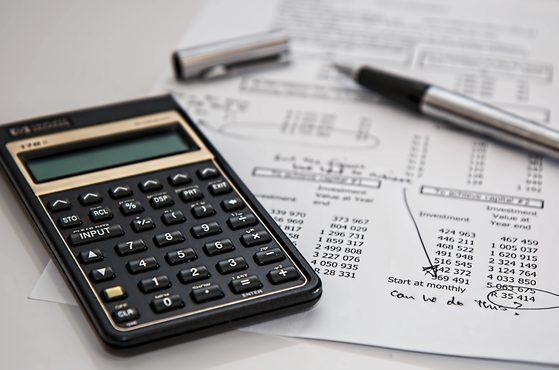Protecting your estate — the role of prenups in inheritance tax planning

We explore how the sweeping changes to inheritance tax could shape the role of prenups in protecting your wealth.
Read more
We make the difference. Talk to us: 0333 004 4488 | hello@brabners.com
Pensions are often one of the most valuable assets to consider in a divorce or dissolution of a civil partnership, but they are often misunderstood or overlooked when it comes to considering the financial settlement.
It is important to note that on divorce or dissolution all pensions will be included in the matrimonial pot and be available for distribution whether or not they were accumulated pre-marriage or post-separation.
The starting point is that pensions should be shared equally (i.e. 50/50). However, there are legal arguments a spouse or civil partner can make to try and depart from equality (e.g. if the case involved a short marriage and there were considerable pre-marital pension contributions by one spouse or civil partner). However, each case is fact specific and legal advice should be taken to determine the most appropriate approach to take.
There are numerous ways to deal with pensions on divorce, but this blog focuses on one of the most common approaches, obtaining a pension sharing order.
When you obtain a pension sharing order, a percentage of one spouse or civil partner’s pension fund will be transferred out of their existing pension scheme and into a pension in the other spouse or civil partner’s name. They may be able to be a member of their ex-spouse’s pension scheme, or they may have to enter into a new pension scheme.
Pension sharing orders allow pension assets to be carved out at the time of the divorce or dissolution enabling both spouses or civil partners to achieve a clean break. This means that the separated couple can build up their pension funds independently after the pension sharing order has been finalised.
Most pensions can be shared, including, those in payment. However, please note that a basic state pension cannot be shared nor can the new state pension (which replaced the basic pension and additional state pension from 6 April 2016).
However, you may be entitled to additional benefits as a result of your national insurance contributions. An additional state pension can be shared if the spouse or civil partner entitled to it reached state retirement age before 6 April 2016.
Too frequently state pensions are ignored in financial settlements and their values should not be overlooked. Depending on the circumstances of the case, an imbalance in the separating couples’ state pensions may result in the financially weaker party receiving a greater share of the private pension funds or available capital elsewhere by way of offsetting which is referred to later in this blog.
If the separating couple are going through Financial Remedy Proceedings, then the spouse or civil partner applying for a financial order can specify on their application (i.e. the Form A) that they are seeking a pension sharing order.
The separating couple will then have to disclose details about their pension(s) in a document called a Form E which must be exchanged before the first court hearing, known as the First Appointment. The applicant (i.e. the person who has applied for a financial order) must serve any application for a pension sharing order on the pension provider.
At the First Appointment, the court may order that a Form P be completed by the pension provider to provide more information about the value of the pension(s) in the case and other pension benefits. However, Form P is not commonly used in practice as many separating couples choose to instruct a pension actuary to determine what an appropriate pension sharing order may be based on their instructions.
Once the appropriate pension sharing split is determined and a financial order has been approved by the court, the pension provider must be sent the following:
A pension sharing order takes effect from the date of decree absolute/the final order or 28 days from the pension sharing order being approved by the court.
The pension provider then has four months to implement the transfer. However, the time limit is subject to receipt of all relevant documentation. For instance, the pension provider will want details of the new pension scheme that it is transferring to.
It is important to note that the cash equivalent value of the pension(s) being transferred are recalculated on a date within the implementation period called the “Valuation Day”. It is therefore important that implementation is not delayed.
The “Transfer Day” is the date on which a pension sharing order takes effect and the spouse or civil partner receiving the pension credit becomes legally entitled to the same.
No, we have only considered pension sharing in this blog, but we have listed below some other ways pensions can be dealt with:
For advice on dealing with pensions on divorce, please contact a member of our Family Team.

We explore how the sweeping changes to inheritance tax could shape the role of prenups in protecting your wealth.
Read more

We explore how the courts approach parental contributions in divorce and the practical steps families may need to consider.
Read more

We explore how pensions are treated in divorce, from entitlement and valuation to division options.
Read more